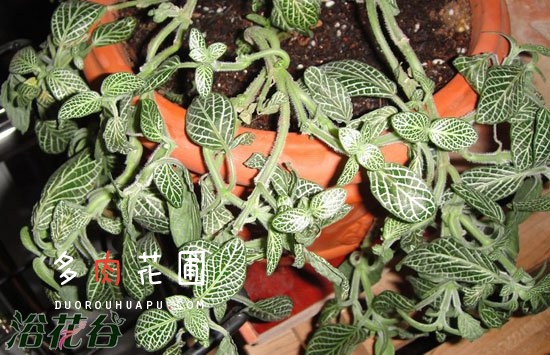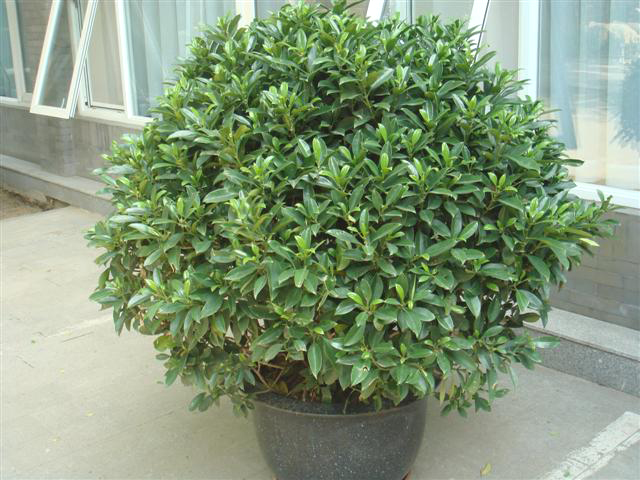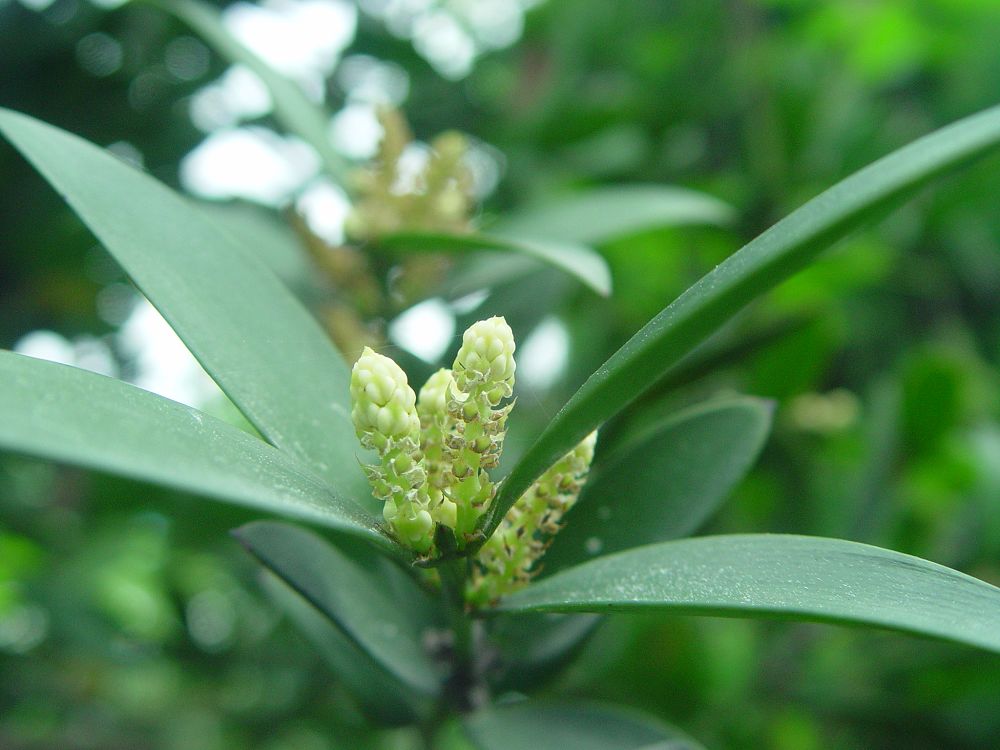What if the reticulate grass wilts?
-the pot of good reticulated grass may suddenly find wilting, and flower friends do not know what to do. In fact, there are three reasons: lack of water, stagnant water, and cold weather, so what if the reticulated grass wilts?
Analysis of the reasons for the wilting of reticulated grass:
1. Lack of water
Because some flower friends are not watered thoroughly, so the reticulate grass is short of water, the best solution is to replenish water immediately, which can be recovered in half a day. The correct watering method should be to look at the topsoil, dry and wet, water thoroughly, the number of times should not be fixed, look at the soil to see the sky change at any time. Topsoil is a shallow layer of 3cm to 5cm. Dry and wet conditions are tested with toothpicks or tweezers and then watered thoroughly.
2. Overwatering
Frequent watering, stagnant water in the soil and poor root respiration will lead to rotting root wilting. Flowers with stagnant water and rotten roots are difficult to recover. Flower friends can try to pull them out and replant them, but they are not likely to recover.
3. The temperature is too low
When the temperature is lower than 13 degrees Celsius, the leaves will wither and wilt, so in the area, if the temperature can not be guaranteed in winter, it is recommended not to raise reticulate grass easily.

Let's popularize the basic habits of reticulate grass: reticulate grass likes high temperature, humid and semi-overcast environment. Rabdosia paniculata is a high-temperature plant, which is particularly sensitive to temperature, and the optimum temperature for growth is 18-24 ℃. The winter temperature is not lower than 13 ℃, and the normal growth can be maintained at 13-16 ℃. When the temperature is below 13 ℃, the growth of reticulate grass stops and some leaves begin to fall off, but the stem will not be frozen. If the room temperature rises above 18 ℃, new leaves can continue to germinate. If the temperature is lower than 8 ℃, the plant will die by freezing. Reticulate grass should be in a humid environment, and the growing period needs higher air humidity, especially in the summer high temperature season, the water evaporation is large and the air is dry. In addition to watering to increase the humidity of the basin soil, foliar spraying and ground sprinkling are more necessary. Keeping high air humidity is beneficial to the growth of stems and leaves of Rabdosia paniculata. But the drainage of the basin soil should be good, the water cannot be accumulated, and the leaves can not be soaked in the water fog for a long time, otherwise the color and luster of the leaves will turn white, which can easily cause shedding and decay. But in winter or rainy days, the basin soil can be slightly drier and the air humidity can be moderate. Scattered light is the best in reticulate grass, and direct light is avoided. Sunshade net should be set up in summer, and the shading rate of 50% to 60% is the most suitable. Sufficient sunshine is needed in winter, shade and protection at noon, auxiliary light should be increased in rainy and snowy days, leaves grow healthily, leaves are green and veins are clear. If it is too shaded for a long time, the stems and leaves are easy to grow, and the ornamental value of leaves is poor. The sandy loam rich in humus should be used in the planting soil of reticulate grass. How to prevent the grass from wilting when it wilts?
Reticulate grass is a common indoor foliage plant, but in the process of maintenance, it may wilt due to improper maintenance and seriously affect the ornamental value of reticulated grass. What if the reticulate grass wilts? How to prevent the reticulate grass from wilting? Let's take a look at the answer next.
What if the reticulate grass wilts?
What to do if the reticulate grass wilts: lack of water
The reticulate grass is not watered thoroughly, which leads to the lack of water and wilting of the reticulated grass. The best solution is to replenish the water immediately. Generally speaking, it can recover after half a day. The correct watering method should be to look at the topsoil, dry and wet, water thoroughly, the number of times should not be fixed, look at the soil to see the sky change at any time. Topsoil is a shallow soil layer of 3cm to 5cm. Dry and wet conditions are tested with toothpicks or tweezers and poured through.
What to do if the reticulate grass wilts? overwatering.
Frequently watering the reticulate grass will cause stagnant water in the soil and poor root breathing, which will lead to the wilting of the rotten root. Try to pull out the reticulate grass and replant it, but the possibility of recovery is not great.
What to do if the reticulate grass wilts? third, the temperature is too low.
When the temperature is lower than 13 ℃, the leaves will be withered and wilted, so when the temperature can not be guaranteed in winter, it is recommended not to raise reticulate grass easily.
How to prevent the wilting of reticulated grass
Reticulate grass should be in a humid environment, and the growing period needs higher air humidity, especially in the summer high temperature season, the water evaporation is large and the air is dry. In addition to watering to increase the humidity of the basin soil, foliar spraying and ground sprinkling are more necessary. Keeping high air humidity is beneficial to the growth of stems and leaves of Rabdosia paniculata. But the drainage of the basin soil should be good, the water cannot be accumulated, and the leaves can not be soaked in the water fog for a long time, otherwise the color and luster of the leaves will turn white, which can easily cause shedding and decay. In winter or rainy days, the basin soil can be slightly drier and the air humidity can be moderate.
Scattered light is the best in reticulate grass, and direct light is avoided. Sunshade net should be set up in summer, and the shading rate of 50% to 60% is the most suitable. Sufficient sunshine is needed in winter, shade and protection at noon, auxiliary light should be increased in rainy and snowy days, leaves grow healthily, leaves are green and veins are clear. If it is too shaded for a long time, the stems and leaves are easy to grow, and the ornamental value of leaves is poor.
- Prev

How to cultivate and manage Grey
Cinnamomum evergreen or shrubby, sometimes climbing. It is sunny, shady and cold-resistant. It is green all the year round and grows well in the south subtropics. Lax requirements for soil, strong adaptability, rough growth and easy cultivation. Huili has luxuriant branches and beautiful trees, the leaves are nearly fleshy, and the leaves are dark green and shiny.
- Next

Disease and insect Pest Control of Bamboo and Cypress
Insect pests: aphids, 3000-5000 times of aldicarb or 1500-2000 times of omethoate, 2000 times of fenitrothion, 1500 times of 1605
Related
- Fuxing push coffee new agricultural production and marketing class: lack of small-scale processing plants
- Jujube rice field leisure farm deep ploughing Yilan for five years to create a space for organic food and play
- Nongyu Farm-A trial of organic papaya for brave women with advanced technology
- Four points for attention in the prevention and control of diseases and insect pests of edible fungi
- How to add nutrient solution to Edible Fungi
- Is there any good way to control edible fungus mites?
- Open Inoculation Technology of Edible Fungi
- Is there any clever way to use fertilizer for edible fungus in winter?
- What agents are used to kill the pathogens of edible fungi in the mushroom shed?
- Rapid drying of Edible Fungi

